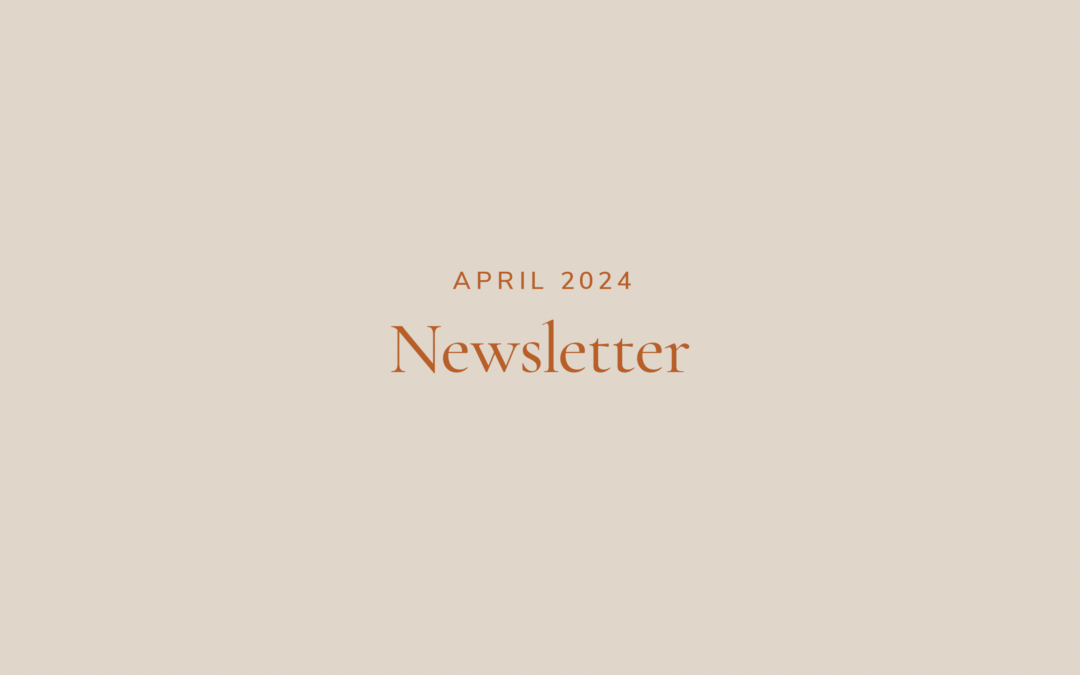This month, we looked at the problem of chronic stress in today’s world – the type that our bodies aren’t built for. We started by understanding why chronic stress is harmful, I then introduced a powerful tool that I believe offers the most effective solution to combatting this modern-day stress. Finally, I shared how I personally use this tool to manage stress in my own life.
Blog Posts
April 5th, 2024 – Stress: A modern-day companion
Stress is an unavoidable aspect of modern life, affecting each of us to varying degrees. Whether we’re dealing with the constant pressures of daily life or facing unexpected challenges, stress is an intrinsic part of the human experience. And, whilst stress is often vilified, it’s important to recognise that our bodies are inherently equipped to handle it. However, the problem arises when stress becomes chronic – the type that our bodies simply aren’t designed for … Read the full post here
April 12th, 2024 – The Stress Cycle – the best tool for managing stress
Last week, I identified chronic stress as being a big, if not the biggest, threat to our wellbeing in our busy, modern lives that bombard us with all sorts of stressors – like work, relationships, information overload, processed foods, lack of movement and just trying to keep up. As we discussed, our bodies are fine handling stress in short, intense bursts (like being chased by a tiger or bear!), but they’re not built for the constant barrage of micro-stressors in today’s world. So, how can we handle stress better? … Find out in the full post here
April 19th, 2024 – How I manage my stress
In last week’s post, I introduced the concept of the ‘Stress Cycle’ – what I believe is one of the most important ways we can successfully navigate the modern-day world. The key is in breaking the constant of chronic stress, with intentional forced moments of rest and downtime where we actively come out of a stress state. In this post, I want to share some real-life, tangible examples from my own life and how I put the Stress Cycle concept into action … Read the full post here
Worth Sharing This Month
A simple breathing technique to reduce stress
Breathing techniques and ‘breathwork’ have gained popularity in the health and wellbeing sphere, and for good reason. They offer a really simple and effective way to quickly shift the body from a stressed to a relaxed state.
Thanks to the prevalence of chronic stress, many of us don’t breathe properly. We end up taking short, shallow breaths or holding our breath without even realising it. In extreme cases, stress can even result in chronic mouth breathing, instead of the preferred and natural state of nasal breathing.
But here’s the good news: You can trick your body into a calm state by intentionally changing your breathing pattern.
Plus, optimising your breathing not only reduces stress, there are many other wellbeing benefits, including increased oxygen intake, which leads to better cognitive abilities, improved circulation, blood pressure and digestion.
The science behind breathing techniques
Nose Breathing: Inhaling through the nose activates the parasympathetic nervous system, also known as the ‘rest and digest’ system. This induces a relaxation response, crucially impacting the inhale phase of breathing. (As a side note, the nickname alludes to the fact you should be in this nervous system state when eating, so it’s also ideal to do the following breathing technique just before eating, if you recognise you’re not completely relaxed.)
Mouth Breathing: Conversely, breathing in through the mouth triggers the sympathetic nervous system, commonly associated with the stress response. This leads to an acceleration of heart rate, constriction of blood vessels, and elevation of blood pressure.
The breathing technique
- Inhale through the nose for 4 seconds, then exhale through either the mouth or nose for 7 seconds.
- For those with greater lung capacity, you can attempt a 7-second inhale followed by an 11-second exhale.
- Repeat this sequence for 10 breaths whenever you recognise you’re stressed.
As I mentioned in last week’s post, I use this technique before and after presentations, whenever I’m feeling tense or overwhelmed, and I often use it if I wake up in the middle of the night and it definitely helps me fall back to sleep.
Since many of us breathe poorly due to chronic stress, doing this a number of times a day can also help you manage stress proactively, not just reactively.
Give it a shot and let me know how it goes. It might seem too simple, but trust me, it works wonders!
Kate x


